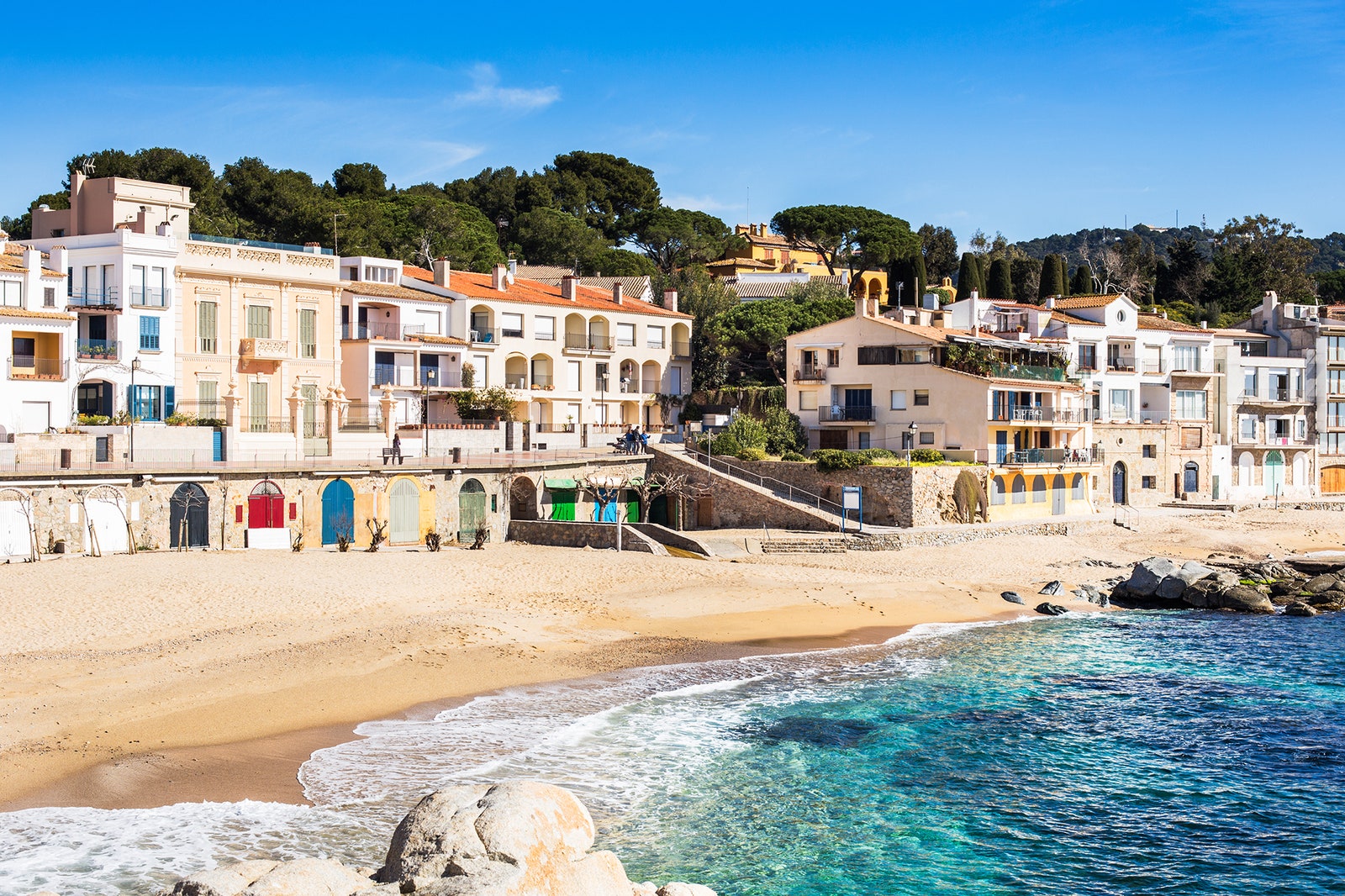
14 Jun Exploring Spain’s Costa Brava with Just Explore
COSTA BRAVA is one of Europe’s most romantic, unspoilt stretches of coast, a scenic expanse of Catalan coastline that runs from the north of Barcelona to the majestic Pyrenees. Home to romantic hidden coves, long sandy beaches, picturesque fishing villages, beautiful national parks, mediaeval towns, amazing food and the works of Salvador Dalí.
The name Costa Brava literally translates to the “wild coast” and was coined in 1908 by the Girona-born journalist Ferran Agulló i Vidal who first defined the coast as “Oh, our Costa Brava, without equal in the world!” A fitting name for a coastline that has everything from secluded rocky coves, sandy beaches to rugged cliffs.
The name was heavily popularised by the tourism board as a means of generating interest in the area and was finally adopted in 1965 with the increase in tourism as many travellers started to flock to this picturesque region of Spain.
Thanks to its Mediterranean climate, mediaeval villages, stunning rugged landscapes, delicious food and vibrant culture, Costa Brava is a favourite holiday spot year-round but it’s also a land of boundless curiosities.
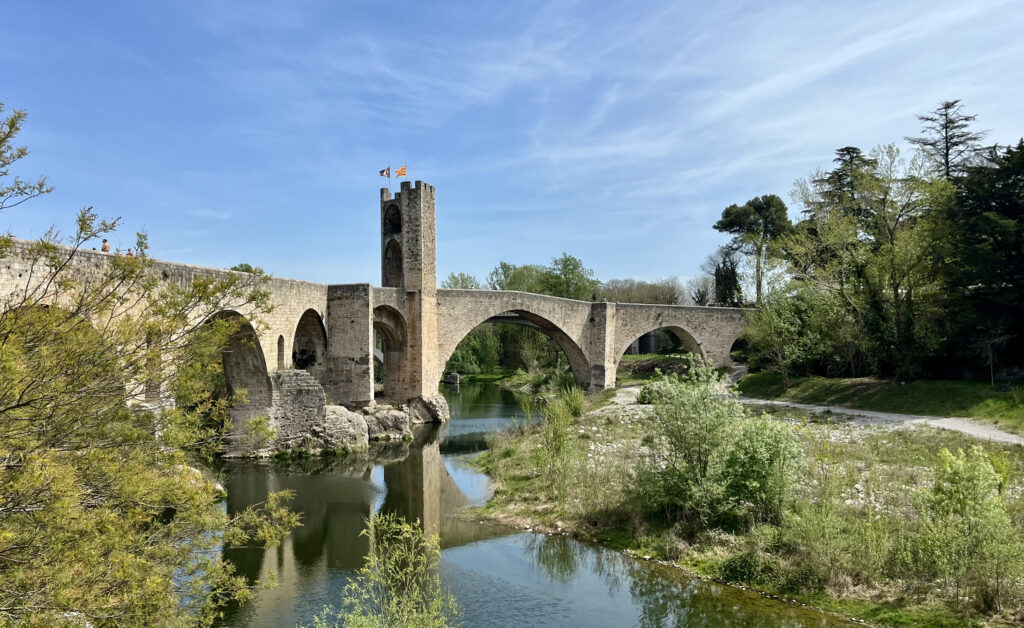
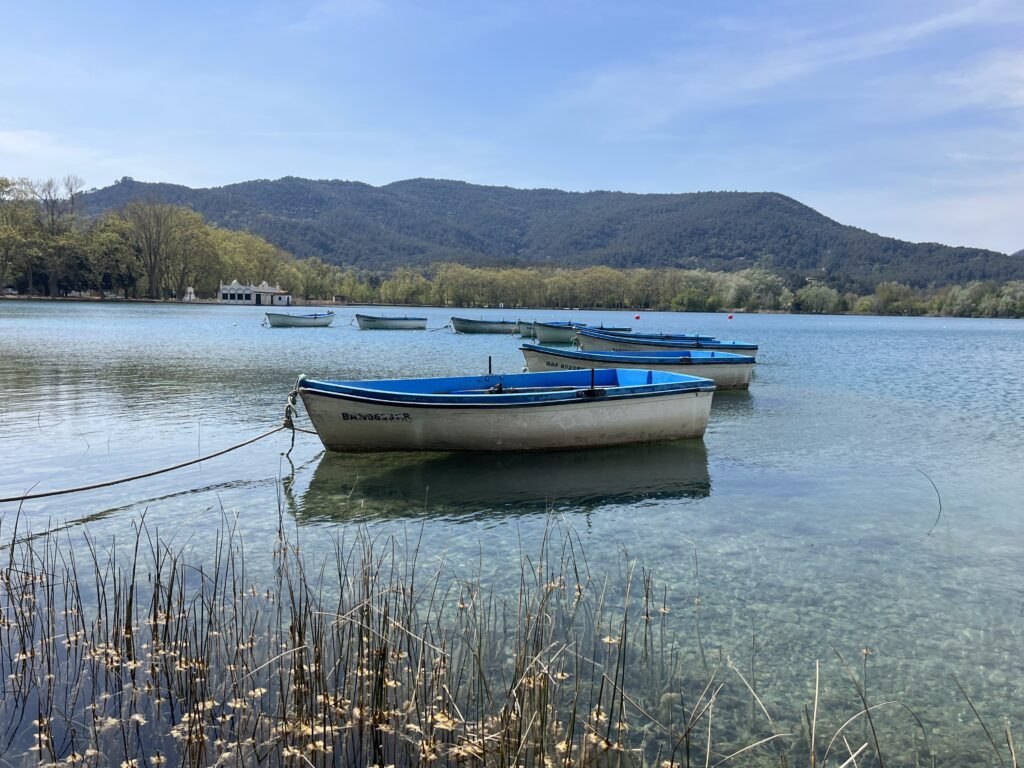
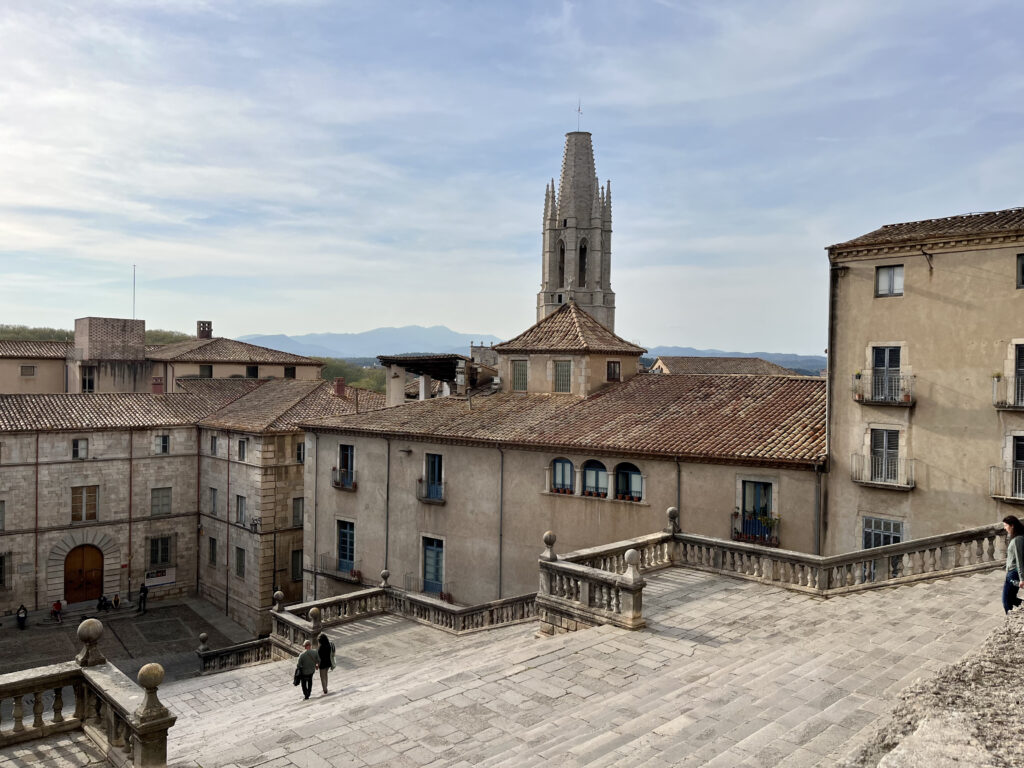
Did you know?
- Costa Brava has a very deep artistic and historical heritage. Apart from one of Costa Brava’s most famous former residents, the eccentric artist Salvador Dalí, other famous artists such as landscape and seascape artist, Howard Behrens, spent a great deal of time in the locality where he was inspired to create masterpieces including the “Costa Brava Sunset.”
- The area is home to medieval sites and scenic attractions such as the ruins of Empúries (just around 4 km northwest of L’Escala). These ruins are unique as they contain Roman and Greek excavations. This site is a cultural highlight of the Costa Brava and considered the best ancient Greek ruins outside of Greece.
- Cosa Brava also boasts one of the most important botanical gardens in the Mediterranean; the Cap Roig Botanical Garden. This singular place in Calella de Palafrugell, combines more than 800 botanical species from all over the world, as well as sculptures from national and international artists. Located at the county of Baix Exporda, the gardens were the work of Russian colonel Nicolai Woevodskys and English aristocrat Dorothy Webster in 1927.
- This picturesque region of Spain also hosts vibrant festivals year-round and if you like travelling for food, you must definitely add Costa Brava to your bucket list.
Apart from these curiosities, Costa Brava has endless wonders to discover and what better way to find out more about this stunning Spanish coastline than catching up with Rosa Lara, CEO & Founder at Just Explore, who was recently there, checking out the best hidden gems in the area as she always does when considering a new region and putting together bespoke itineraries.
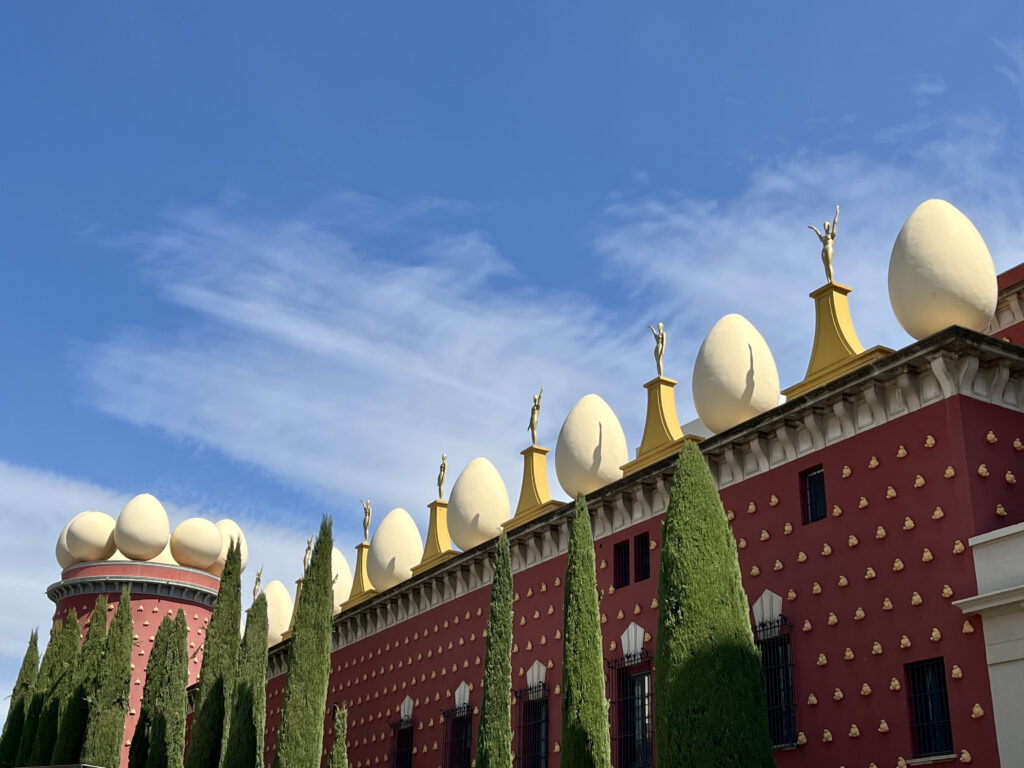
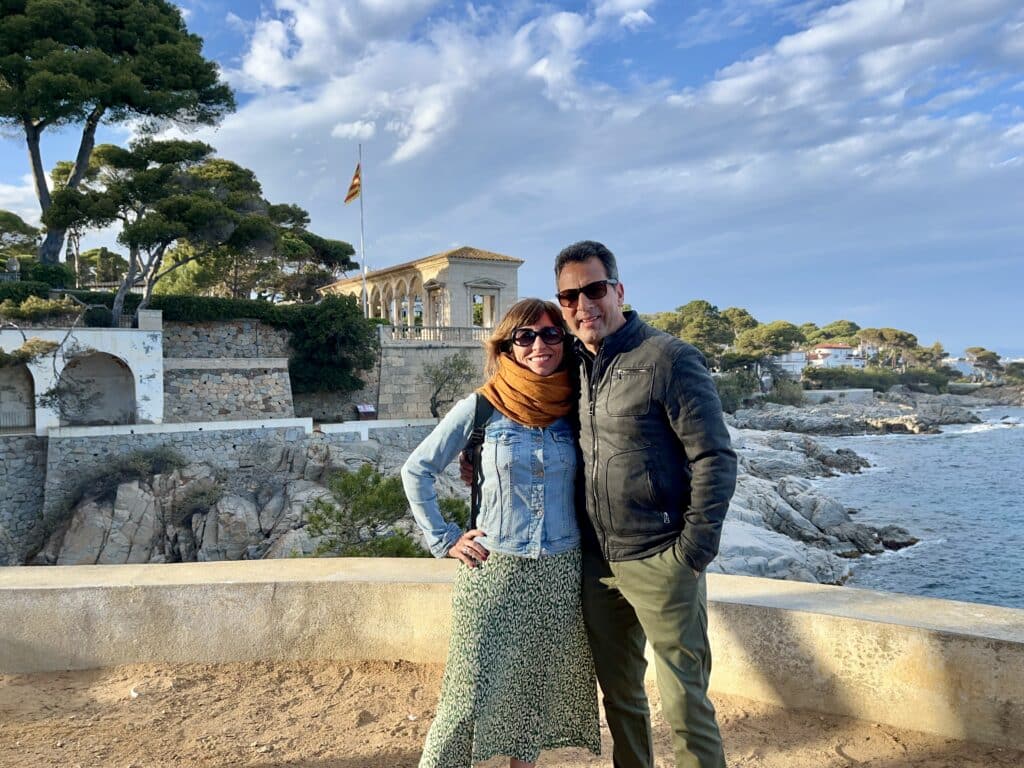
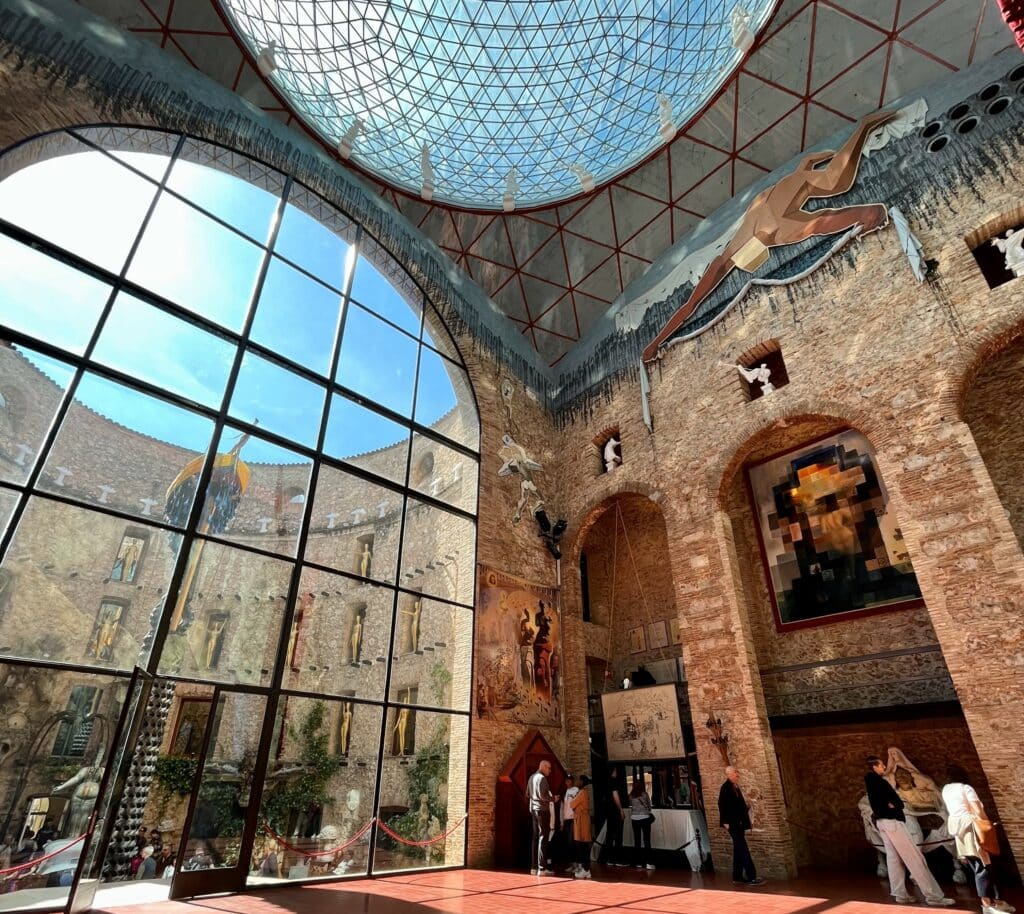
What do you look for when deciding on exploring a new area in Spain for future tailor-made tours?
Just Explore is all about offering tours which provide authentic experiences for travellers, so that they can experience local lifestyles, customs and culture. With our recent visit to Costa Brava (at only 1.5hrs from the vibrant city of Barcelona) the goal was to explore a new region in Cataluña. And with it, open up the possibility to further explore this area of Spain, as could be the case for repeat travellers who have already visited Barcelona, or for those first time visitors who wish to combine a lively cosmopolitan atmosphere.
What has caught your attention the most in Costa Brava?
It’s a perfect combo of beach, mountain, art, and gastronomy. Its beautiful picturesque landscape makes it ideal to relax but also to practise a whole range of outdoor sports such as hiking, cycling and all types of water sports. The area’s extensive tourist offer means that Costa Brava makes the perfect area to explore solo, for couples (great for a romantic escape) but also for families.
Is a road trip the best way to explore the region? If not, how would you recommend going about discovering the area?
Self-drive is great!! The area is relatively small with a maximum distance from North to South that can be covered in about a one hour car drive, or about 40 minutes from the coast to inland. But it’s also very well connected with Barcelona by high speed train: only one hour to Figueres where the Dali Museum is. Barcelona – Girona is only 30 min by train, and from there you can rent a car and explore the entire region.
For upscale travellers, there is always the option of a helicopter flight that can deliver you right into the heart of Costa Brava. Arrive in style at one of the amazing boutique luxury hotels with a private helipad and soak in the breathtaking view of the beautiful beaches of the north coast of Catalonia on the way.
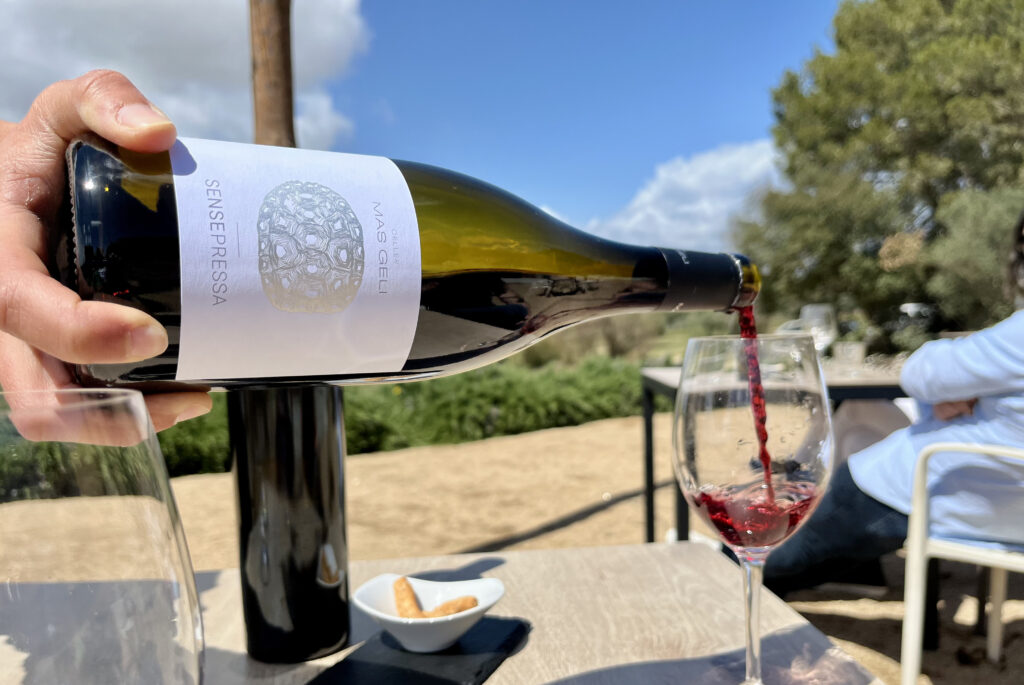
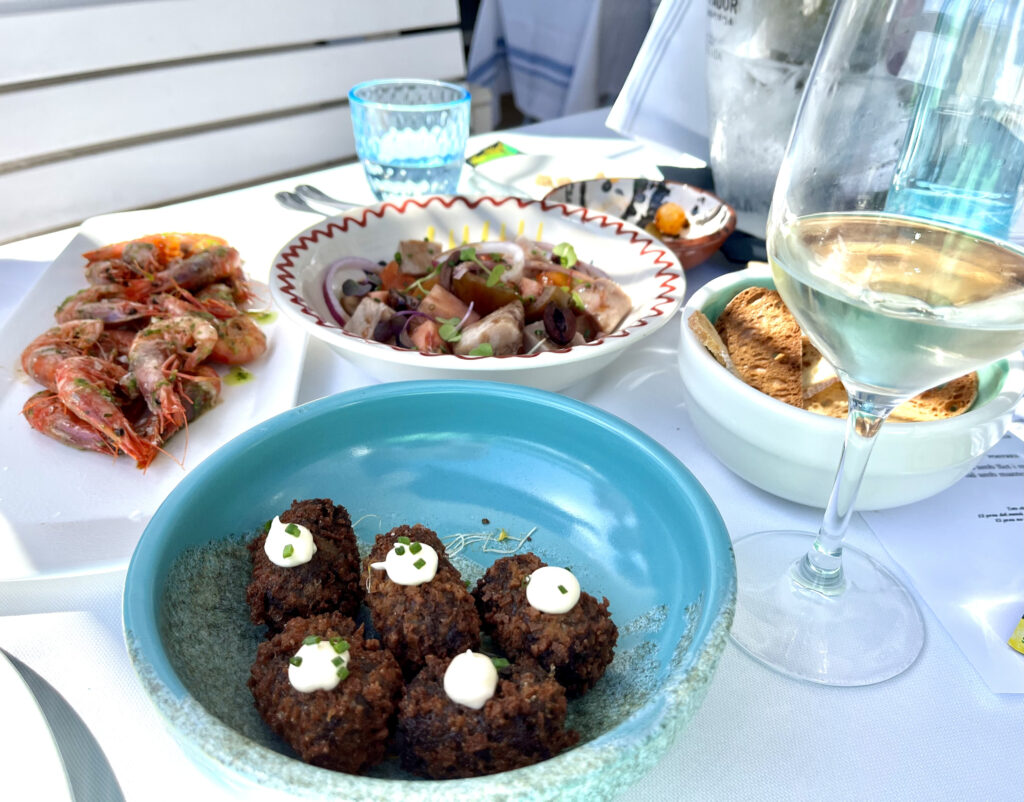
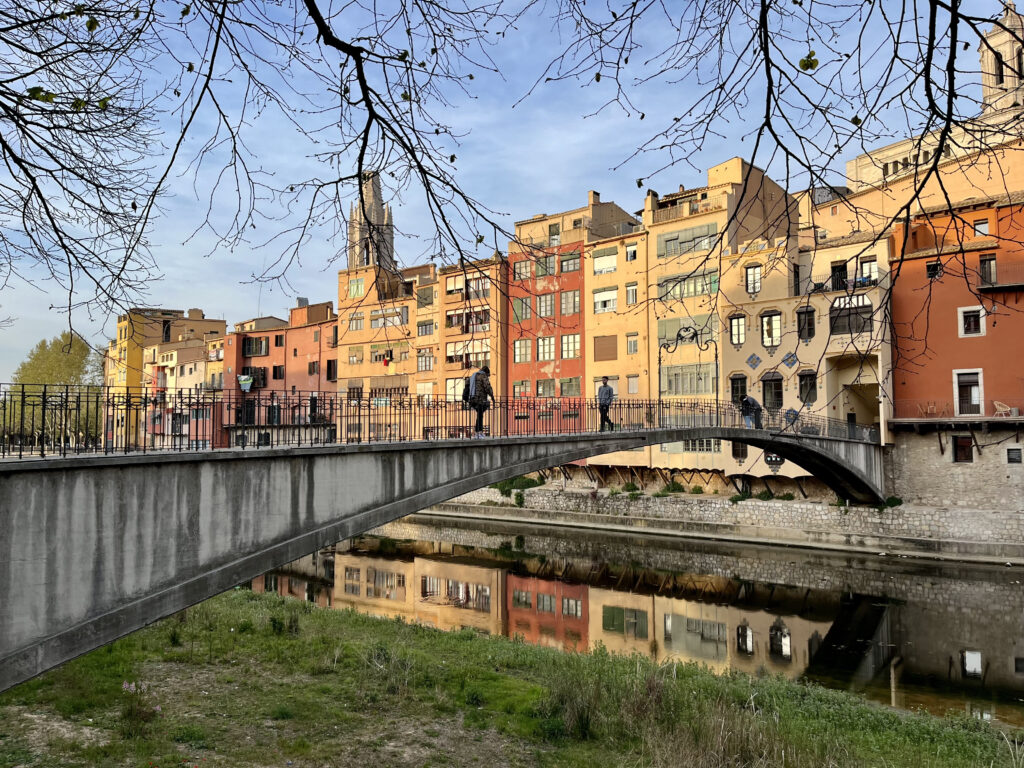
Idyllic coastline vs charming towns and villages, which wowed you the most?
A hard one, but if I have to choose, I would say I was more amazed by the rugged coastline; because of the small coves, high cliffs and dramatic landmarks. But the medieval towns are also very pretty, like Besalú or the old town of Girona, which is so charming and full of magical corners.
Favourite dish?
Gambas de Palamos, no doubt. This is a prestigious shrimp, crispier and tastier than langoustines, that can be cooked in a multitude of ways and is so tasty!
In general, Catalan cuisine is heavily influenced by the sea and the mountains, meaning that almost every menu includes a combination of fish and seafood dishes as well as hearty meat dishes. Additionally, thanks to the region’s weather, Costa Brava has a deep-routed rice-making culture, with farmers producing it for almost five centuries and the region boasts countless rice dishes which form part of the staple diet of local residents.
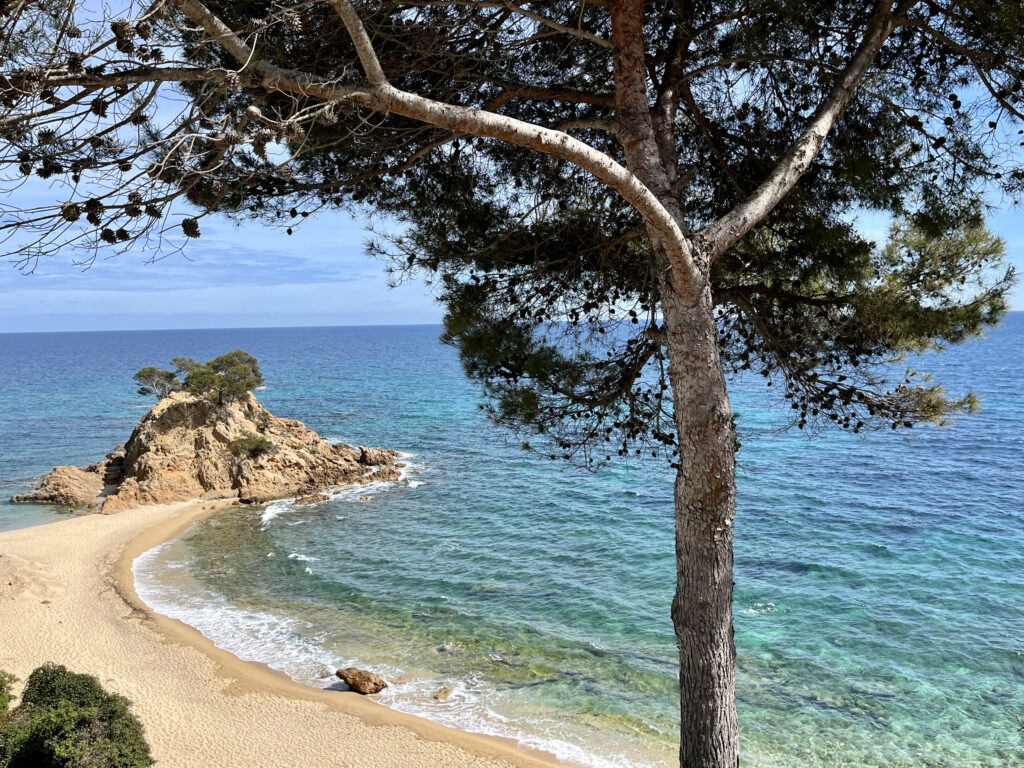
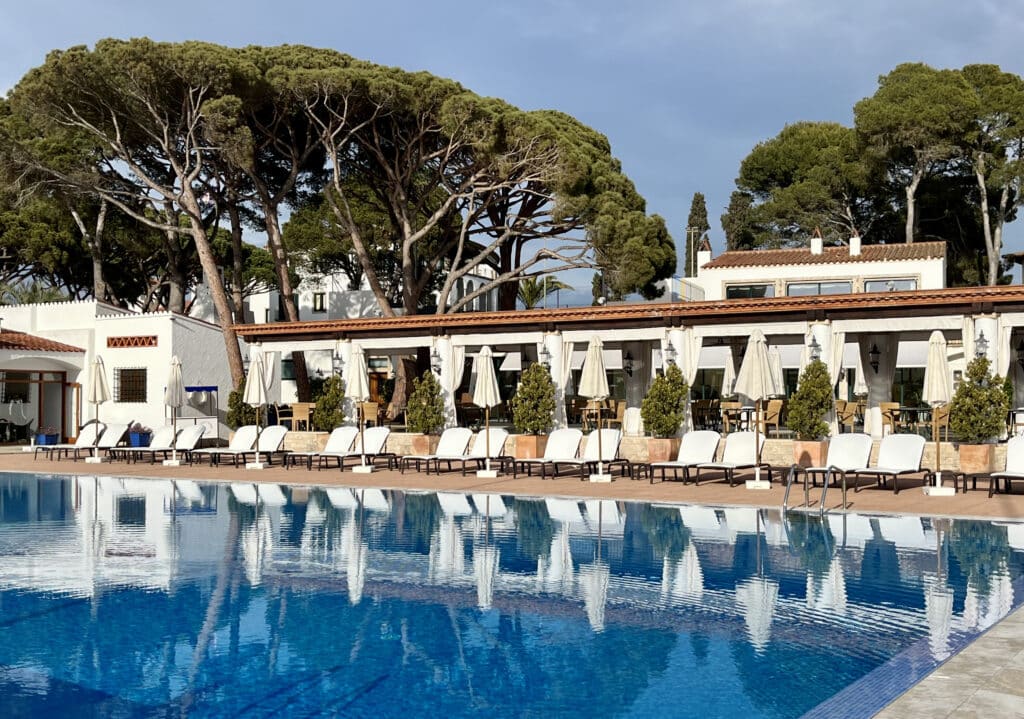
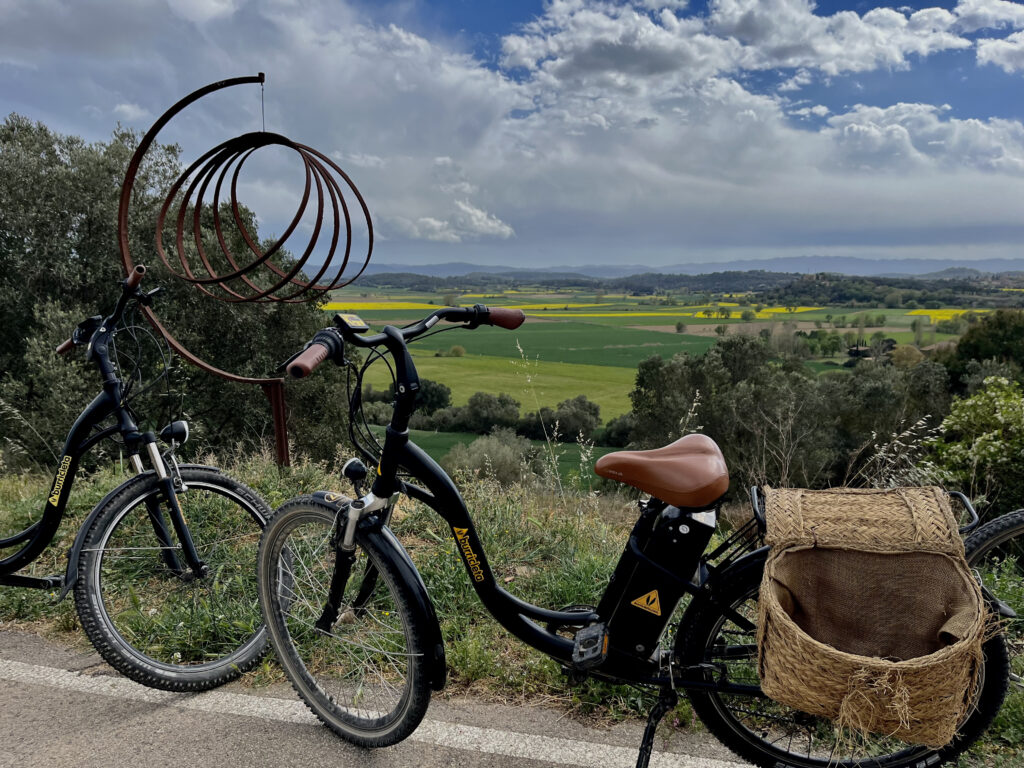
Unexpected discovery?
I already knew Costa Brava, but on this visit it was as if I was seeing it with new eyes, a place brimming with culture, hidden gems and real beauty. It’s definitely a must, especially for a second visit to Spain/Barcelona.
Best time of year to visit?
April, May, June or September and October. Avoid July and August as it is a very popular summer holiday destination for Spaniards and Europeans.
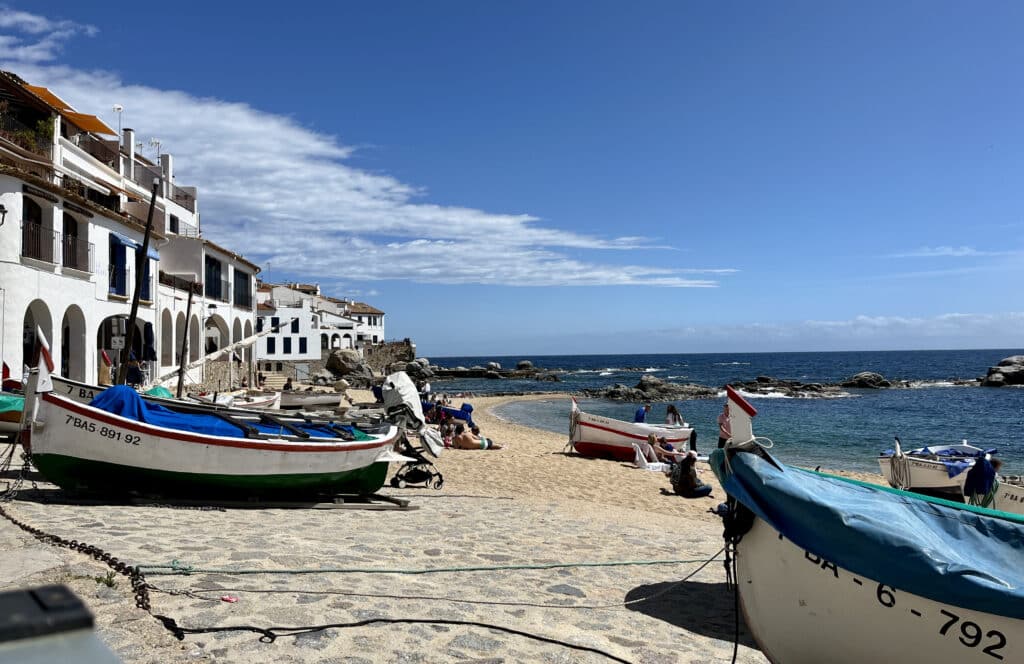
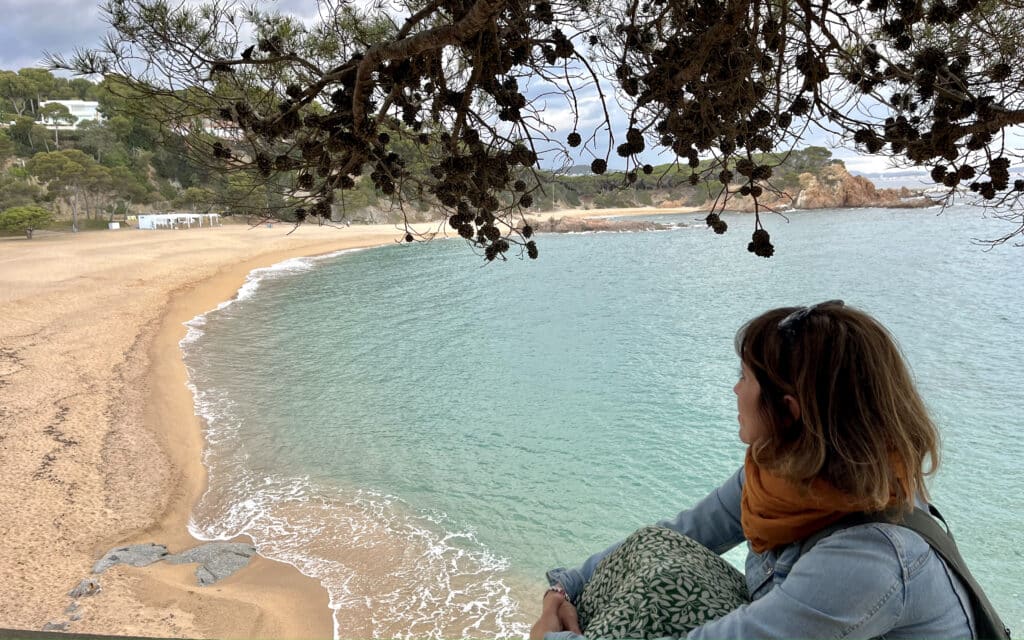
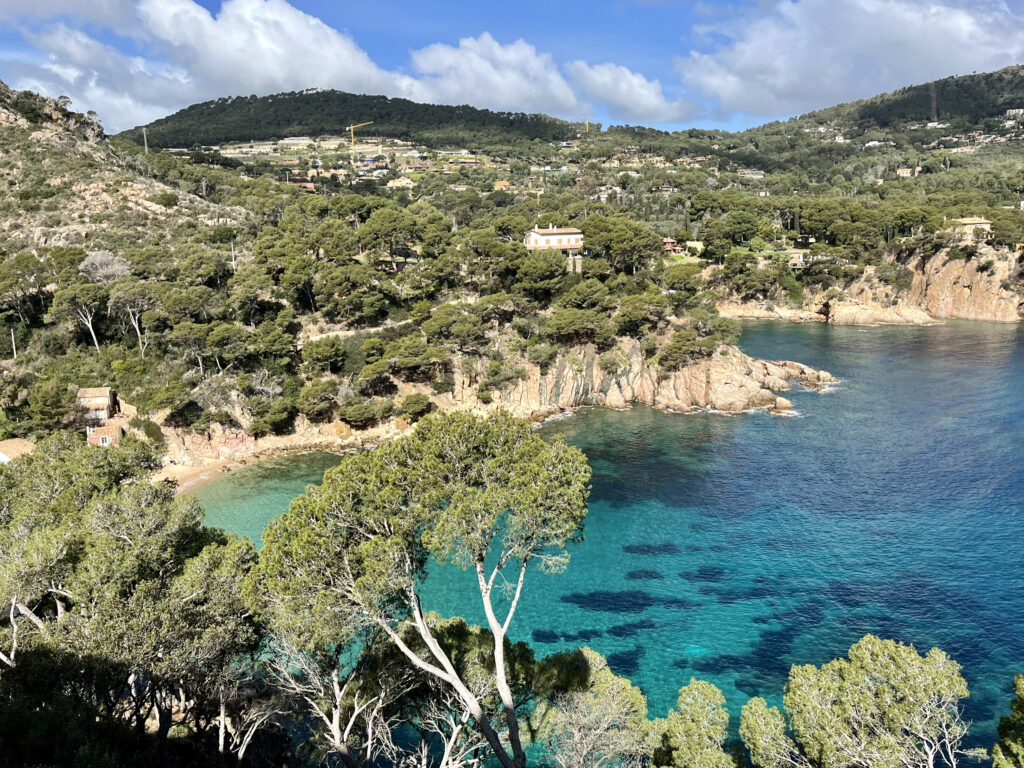
A huge thank you to Rosa for her fascinating insight into Spain’s “rugged coast” and for sharing these lovely photos and the following amazing video with us which offer a glimpse into Costa Brava’s rustic beauty and the adventures that await there.
If you want to receive more information about Costa Brava, or any other region in Spain, get in touch with us today, we are always happy to share travel news and discuss possible bespoke itineraries with anyone who reaches out to us.


